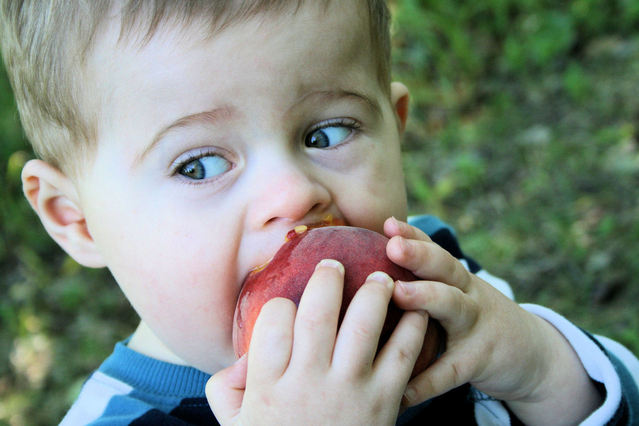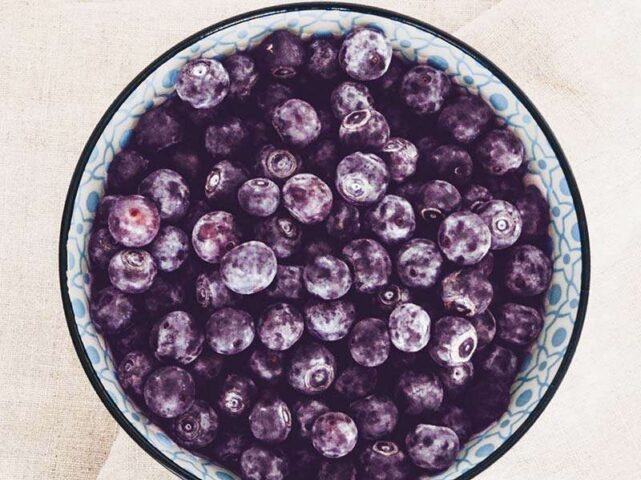By Courtney Darsa, RDN, CDN
How ADHD can affect your diet
Attention Deficit Hyperactivity Disorder or ADHD, as defined by the National Library of Medicine, is a problem, usually starting in childhood, with inattentiveness, over-activity, or the combination of the two. Aside from medical or pharmacological treatment of the disorder, many physicians and researchers have turned to complementary treatments for ADHD. One of the most researched complementary treatments is diet in individuals with ADHD. One of the biggest areas of the diet researched is that of food additives, artificial flavors, and dyes and their effect on ADHD.
The Feingold Diet
Dr. Ben Feingold created the Feingold diet in the 1970s to help treat children with hyperactivity. He proposed that eliminating food additives, artificial flavors, and dyes would prevent some of the inattentive and overactive behavior. Over the past couple of decades, studies have questioned the effectiveness of the Feingold diet. One study conducted by the Journal of the American Academy of Child & Adolescent Psychiatry, concluded that the results were unclear on whether or not the elimination of food additives and artificial colors and flavors were helpful in treating ADHD. While more research needs to be done in the area of artificial foods, improving the overall diet of individuals with ADHD has gotten a lot more attention over the past decade.
Overall Diet and ADHD
The newer approach with diets and ADHD is to improve the child’s nutrition and diet altogether. It includes eating a variety of foods and making healthier choices, not much different than a normal diet. It is stated that children with ADHD should consume a high protein diet, a diet high in fruits and vegetables, more complex carbohydrates and less simple carbohydrates (more whole grains, less white/enriched flour), more fiber, more omega-3 fatty acids as well as consuming a multi-vitamin or multi-mineral.
The American Academy of Pediatrics suggests increasing omega-3 fatty acids in the diet of an individual with ADHD will help increase their already low blood levels of essential omega-3 fatty acids. Foods contain omega-3 fatty acids are fish such as salmon and tuna, olive oil, spinach, broccoli, avocado, walnuts, chia seeds, and flax seeds. The child can also take an omega-3 fatty acid supplement to increase his or her intake.
Eating an overall healthy diet instead of completely eliminating foods proves to have more long-term success in improving ADHD symptoms. The best way to have a child consume a healthy diet is to become the role model for him or her. If your child sees you eating more of these foods, he or she is more likely to do so!
References
Millichap, J. G., and Michelle M. Yee. “The Diet Factor in Attention Deficit/Hyperactivity Disorder.” Pediatrics – Official Journal of the American Academy of Pediatrics 10.1542 (2011): 1-8. American Academy of Pediatrics Publications. American Academy of Pediatrics, 9 Jan. 2012. Web.
Nigg, Joel T., Kara Lewis, Tracy Edinger, and Michael Falk. “Meta-Analysis of Attention-Deficit/Hyperactivity Disorder or Attention-Deficit/Hyperactivity Disorder Symptoms, Restricted Diet, and Synthetic Food Color Additives.” Journal of the American Academy of Child & Adolescent Psychiatry 51.1 (2011): 86-97. Journal of the American Academy of Child & Adolescent Psychiatry. Journal of the American Academy of Child & Adolescent Psychiatry, 24 Oct. 2011. Web.








